
Hospital infections, also known as nosocomial infections, are infections that occur as a result of treatment in a hospital or other health care units. A condition is considered hospital acquired infection if it first appears 48 hours or more after hospital admission or within 30 days after discharge. Only in the United States, about 1.7 million hospital infections occur every year. It is estimated that around 99,000 people die each year because of the hospital acquired infection. These infections are usually caused by various microorganisms, including bacteria. The hospital infections usually cause severe pneumonia and infections of the urinary tract, bloodstream and other parts of the body. Some of these infections cannot be treated with antibiotics, since some of these microorganisms can survive exposure to the antibiotic medication. Here are some of the most common hospital acquired infections.
MRSA
MRSA is a short name for Methicillin-Resistant Staphylococcus Aureus, a bacterium responsible for a couple of very serious infections in humans. This bacterium is resistant to beta-lactam antibiotics which include the penicillin and the cephalosporin. The bacterium is very dangerous especially in hospitals, as the patients with open wounds, invasive devices and compromised immune system, are at greater risk of contracting the infection. The disease is commonly spread in a contact between healthcare provider and patient, usually when healthcare providers move from patient to patient without washing their hands. Simple surface sanitizers, such as alcohol, can protect the patients from contracting this infection.
VRE
VRE is a short name for Vancomycin-Resistant Enterococcus, a bacterial strain resistant to the glycopeptide antibiotic vancomycin. This bacterium was discovered in 1985, and today it is classified as potentially dangerous for all immunocompromised patients. The most serious feature of this bacterium is that it can actually pass the resistance genes to other bacteria. Vancomycin-Resistant Enterococcus is often carried by healthy people who have come into contact with the bacteria. The contact with this bacterium is most likely to happen in the hospital. It invades patient’s urinal tract, intestines and the blood stream.
Pseudomonas aeruginosa
This is a common bacterium normally found in soil, water and skin flora. It is especially dangerous for people with reduced immunity, such as hospital patients. The infection with this bacterium usually results in general inflammation and sepsis, presenting a possibly fatal condition. The bacterium can colonize vital organs such as lungs, urinary tract and kidneys, severely increasing the risk of death due to the complications. Pseudomonas aeruginosa is often found in medical equipment such as catheters. The bacterium has low antibiotic susceptibility but the use of medical-grade honey may reduce colonization of this serious pathogen.



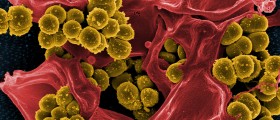
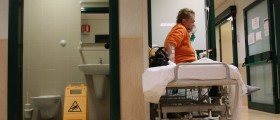

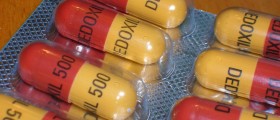


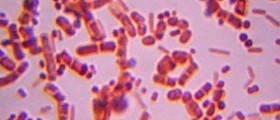





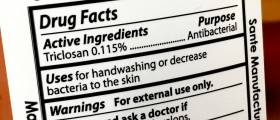
Your thoughts on this
Loading...